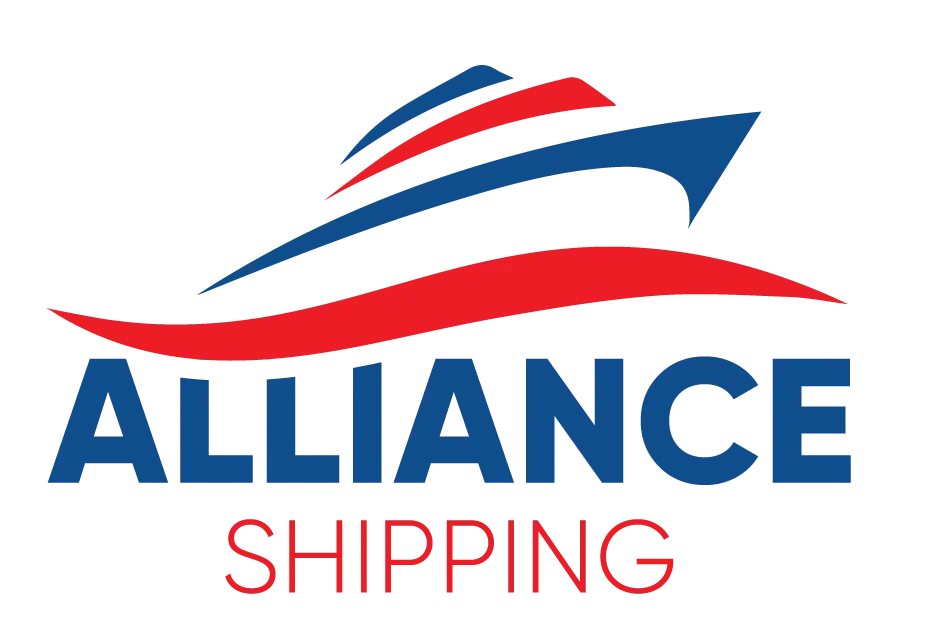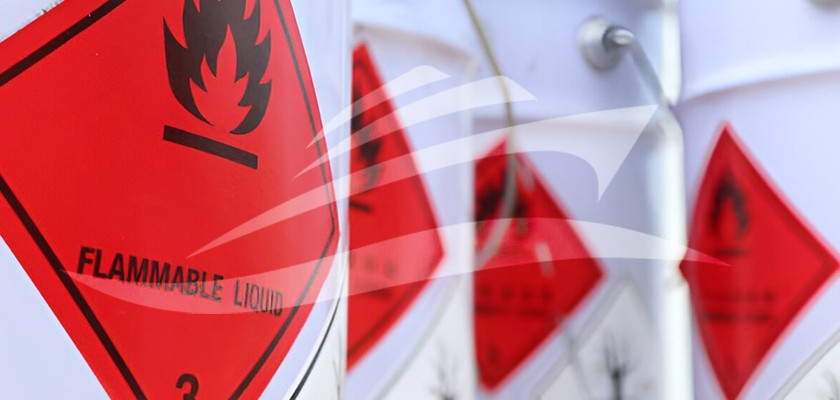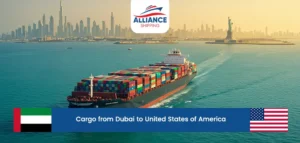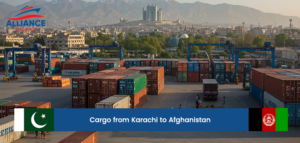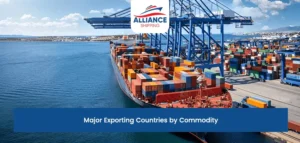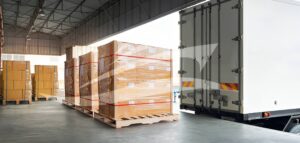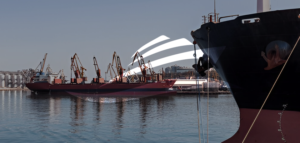Shipping hazardous materials internationally requires a careful approach to ensure safety and regulatory compliance. Any material that could pose a risk during transport—whether solid, liquid, or gas—falls under stringent guidelines set by agencies like the U.S. Department of Transportation (DOT) and the International Air Transport Association (IATA). Following these steps, listed by Alliance Shipping, will help you safely navigate the shipping hazardous materials internationally process.
Step 1: Determine if Your Materials are Classified as Hazardous
Hazardous materials are composed of substances that pose risks to health, property, or the environment. Hazardous classifications include not only obvious items like explosives and flammable liquids but also everyday products such as batteries, nail polish, and certain medical supplies.
If you are looking forward to shipping hazardous materials internationally, then take a look at the classification of hazardous materials. The United Nations has established nine classes of hazardous materials, each with specific handling and shipping requirements:
- Class 1: Explosives
- Class 2: Gases (flammable, non-flammable, and toxic)
- Class 3: Flammable Liquids
- Class 4: Flammable Solids
- Class 5: Oxidizers and Organic Peroxides
- Class 6: Toxic and Infectious Substances
- Class 7: Radioactive Materials
- Class 8: Corrosive Substances
- Class 9: Miscellaneous Hazardous Materials
Properly identifying the class of your material is essential, as each class has different packaging, labeling, and documentation requirements.
Step 2: Check International Regulations for Destination-Specific Restrictions
Different countries have unique restrictions on the types of hazardous materials they allow. While some items are permitted in one country, they may be prohibited in another. It’s essential to verify regulations specific to your destination. Resources such as the International Maritime Dangerous Goods (IMDG) Code and IATA guidelines can help clarify shipping hazardous materials internationally policies.
In addition, check the Individual Country Listings provided in the International Mail Manual (IMM) or similar resources for postal restrictions and requirements.
Step 3: Training and Certification for Handling Hazardous Materials
Handling and shipping hazardous materials internationally requires specialized training and certification. Regulations from the DOT and IATA mandate that only certified personnel handle, package, and label hazardous materials for shipping. Certification ensures that personnel understand the risks associated with these goods and know how to safely manage them.
If you are unfamiliar with the regulations or lack certification, consider consulting a hazardous materials expert before shipping hazardous materials internationally. Alliance Shipping offers the best shipping services to ensure your goods comply with all regulatory requirements.
Step 4: Packaging Requirements for Hazardous Materials
The correct packaging is critical to safe and compliant shipping. Packages must meet specifications that correspond to the material’s hazard classification, with considerations for:
Containment: Packaging must prevent leaks or spills.
Durability: Packages should withstand handling and external stress during transit.
Cushioning: Many hazardous materials require additional padding to prevent movement within the package.
Some shipments may require packaging that meets the standards of multiple regulatory bodies, such as the DOT, IATA, and the International Civil Aviation Organization (ICAO). Packaging that is not compliant may result in fines, delays, or a refusal to ship. You should hire a proper hazardous materials packaging service provider.
Step 5: Labeling and Documentation Essentials
Labels and documents must clearly indicate that your package contains hazardous materials. These materials require:
Hazard Labels: Each class of hazardous material has a specific label that must be visibly placed on the package.
Handling Instructions: Instructions for safe handling should be included on the packaging to inform all parties involved in transportation.
Shipping Papers: Accurate and detailed documentation must accompany the shipment, including the shipper’s declaration, hazard classification, quantity, and emergency contact information.
Correct documentation helps reduce the risk of delays and ensures that all parties are aware of the necessary precautions.
Step 6: Select a Qualified Carrier
Not all carriers are shipping hazardous materials internationally, and those that do must follow strict guidelines for each class of material. When choosing a carrier, verify that they have experience in shipping hazardous materials internationally and hold any required certifications. Alliance Shipping specializes in shipping hazardous materials internationally and can help navigate through international regulations.
Step 7: Understand and Plan for Segregation Requirements
Some hazardous materials cannot be stored or transported together due to potential chemical reactions. Segregation tables provided by regulatory agencies outline which materials need to be separated. For example, oxidizers should never be transported with flammable materials. Following segregation guidelines minimizes the risk of accidents during shipping.
Step 8: Follow Air and Ground Transportation Guidelines
Air and ground shipping require different handling and compliance measures. If you’re shipping by air, the International Civil Aviation Organization (ICAO) guidelines and IATA’s Dangerous Goods Regulations (DGR) are key resources. For land shipments, especially within the GCC land transportation, there are specific outlines of the requirements for domestic transportation. When shipping hazardous materials internationally, it’s essential to confirm that the carrier complies with both international and domestic regulations.
Step 9: Track and Monitor Your Shipment
Once your package is on its way, actively tracking it helps ensure timely delivery and mitigates risks if delays or issues arise. For shipping hazardous materials internationally, packages may encounter customs checks, which can sometimes cause unexpected delays. Real-time tracking allows you to stay informed and take necessary steps if your shipment requires additional attention.
Step 10: Partner with a Hazardous Materials Shipping Expert if Needed
For those new to shipping hazardous materials internationally, partnering with a qualified hazardous materials shipping expert can be invaluable. These professionals help classify, package, document and prepare shipments to ensure full regulatory compliance. Working with an expert reduces liability risks and ensures that your shipments follow all required supply chain management and safety protocols.
Key Takeaways
Shipping hazardous materials internationally requires diligence, expertise, and strict adherence to regulations. Here’s a quick recap of the key steps for a successful shipment:
- Identify and classify hazardous materials according to their hazard class.
- Research destination-specific restrictions to ensure compliance.
- Obtain certification if you or your team will handle packaging and documentation.
- Use appropriate packaging, labeling, and documentation to minimize risks.
- Verify segregation requirements to safely combine compatible materials.
- Select a carrier with experience in handling hazardous goods.
Each step is designed to protect everyone involved in the transport process—from the sender to the receiver—ensuring that hazardous materials reach their destination safely and efficiently. By following these steps, you’ll contribute to a safer shipping environment and help maintain compliance with international standards. Contact Alliance Shipping for safe shipment of your hazardous materials, with extreme caution and on a budget.
